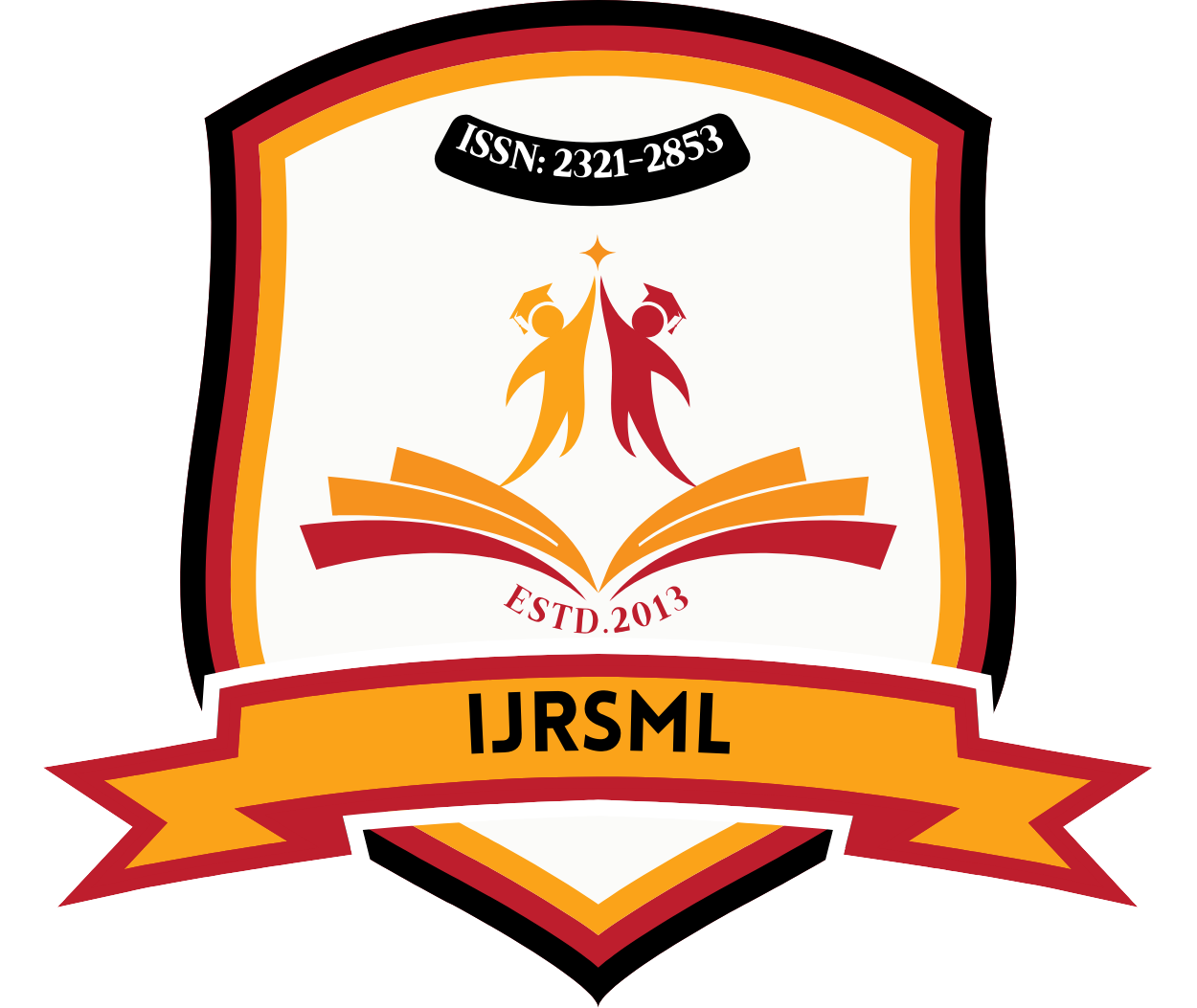![]()
Garima Sirohi
Greater Noida, India
Abstract
This essay examines the evolution of Sanskrit drama and its modern forms in various regional languages of the Indian subcontinent. Through a critical examination of the historical origins, stylistic norms, and thematic issues of classical Sanskrit drama, the study develops an analytic framework to understand its modern forms. Using a comparative literary methodology, the study draws on classical works as well as recent dramatic performances to shed light on continuities and transformations in narrative structures, performance norms, and cultural values. The study finds that modern interpretations, informed by regional aesthetics, socio-political realities, and creative staging practices, reinvigorate classical themes while undermining traditional frames of reference. Further, the study emphasizes the need for interdisciplinary approaches to synthesize ancient dramatic traditions with contemporary performance practices to better understand India’s dramatic heritage.
Keywords
Sanskrit Drama, Modern Interpretations, Regional Languages, Theatrical Innovation, Cultural Continuity
References
- (ca. 200 BCE–200 CE). Natyashastra. In A. P. Sachdev (Ed.), Classical Indian Drama and Its Theories (pp. 15–73). New Delhi, India: Sage Publications.
- Fisher, D. (1998). The Evolution of Indian Classical Performance: From Sanskrit Drama to Modern Theatre. New York, NY: Routledge.
- Lodha, S. (2011). Rethinking Tradition: Classical versus Modern Interpretations in Indian Drama. Journal of South Asian Cultural Studies, 6(2), 45–68.
- Paniker, K. M. (1992). Cultural Fluidity: The Adaptation of Sanskrit Drama to Regional Contexts. Economic and Political Weekly, 27(40), 2340–2345.
- Pasricha, A. (2004). From Classical Stage to Modern Arena: Regional Innovations in Indian Theatre. Indian Theatre Journal, 8(3), 132–149.
- Pollock, S. (2006). The Language of the Gods: Sanskrit and the Construction of Indian Culture. Cambridge, UK: Cambridge University Press.
- Roy, A. G. (2013). Stagecraft and Innovation in Modern Adaptations of Sanskrit Drama. Cultural Performance Review, 5(2), 56–74.
- Schwartz, S. (2010). Global Narratives: Cultural Exchanges in the Modern Reinterpretation of Classical Drama. Journal of World Theatre, 7(1), 21–39.
- Sharma, R. (2017). Reimagining the Classical: The Role of Regional Languages in Preserving Sanskrit Drama. Modern Indian Theatre Studies, 15(4), 202–219.
- Mukherjee, P. (2018). Cultural Resonance: The Impact of Regional Theatre on the Legacy of Sanskrit Drama. South Asian Journal of Theatre, 9(3), 117–136.
- Gupta, N. (2019). Tradition and Innovation in Indian Stagecraft: A Study of Contemporary Adaptations of Sanskrit Plays. Performing Arts Quarterly, 14(1), 59–77.
- Iyer, S. (2016). Regional Voices in a Globalized Theatre: Challenges and Opportunities in Adapting Sanskrit Drama. Comparative Theatre Journal, 8(2), 97–115.
- Das, M. (2014). Revisiting the Past: Modern Interpretations of Abhijnanasakuntalam in South India. Journal of Indian Dramatic History, 11(3), 78–93.
- Reddy, V. (2013). Contemporary Reinterpretations of Classic Myths: The Evolution of Sanskrit Drama. Indian Cultural Studies Review, 10(1), 45–61.
